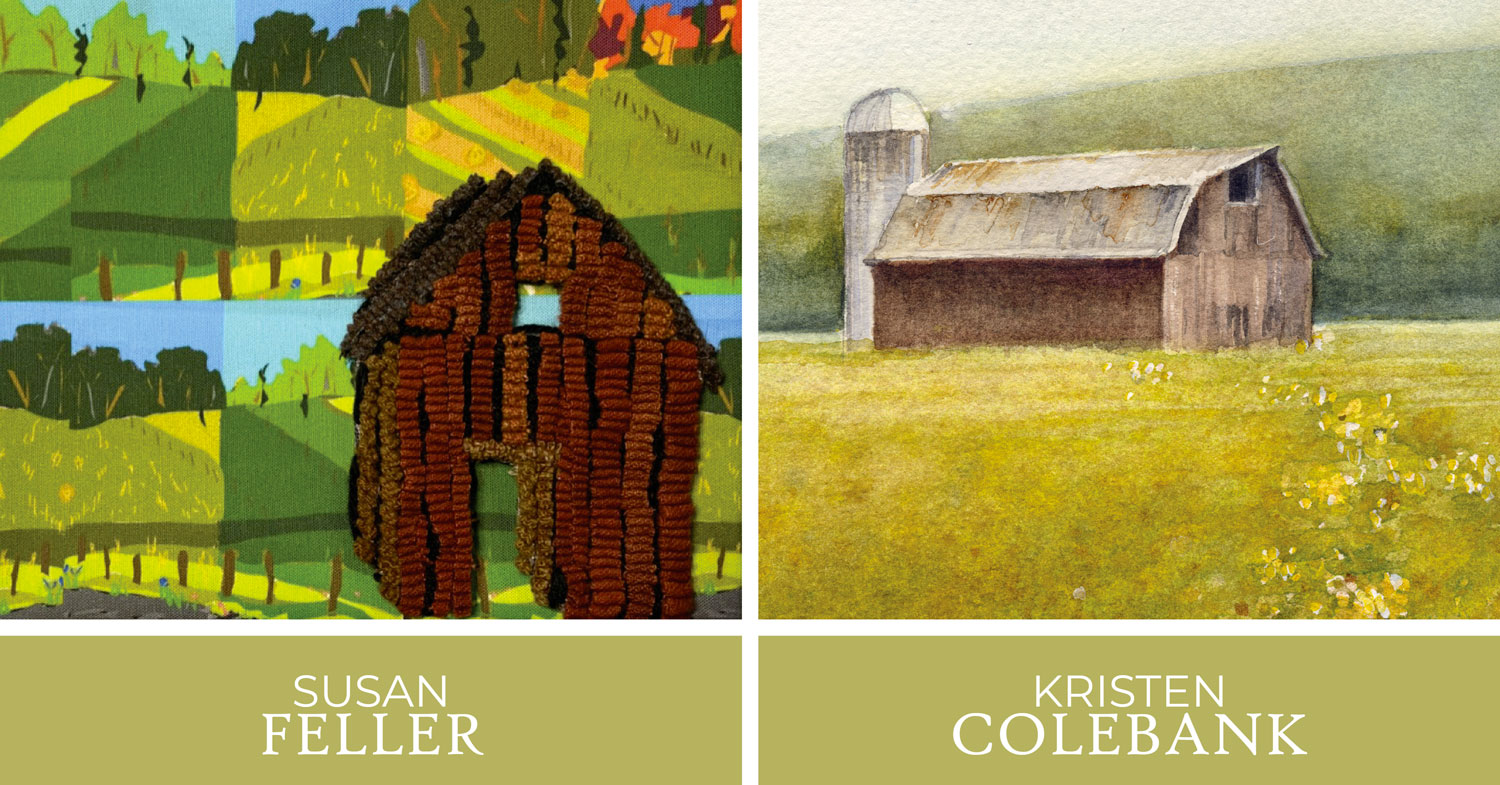
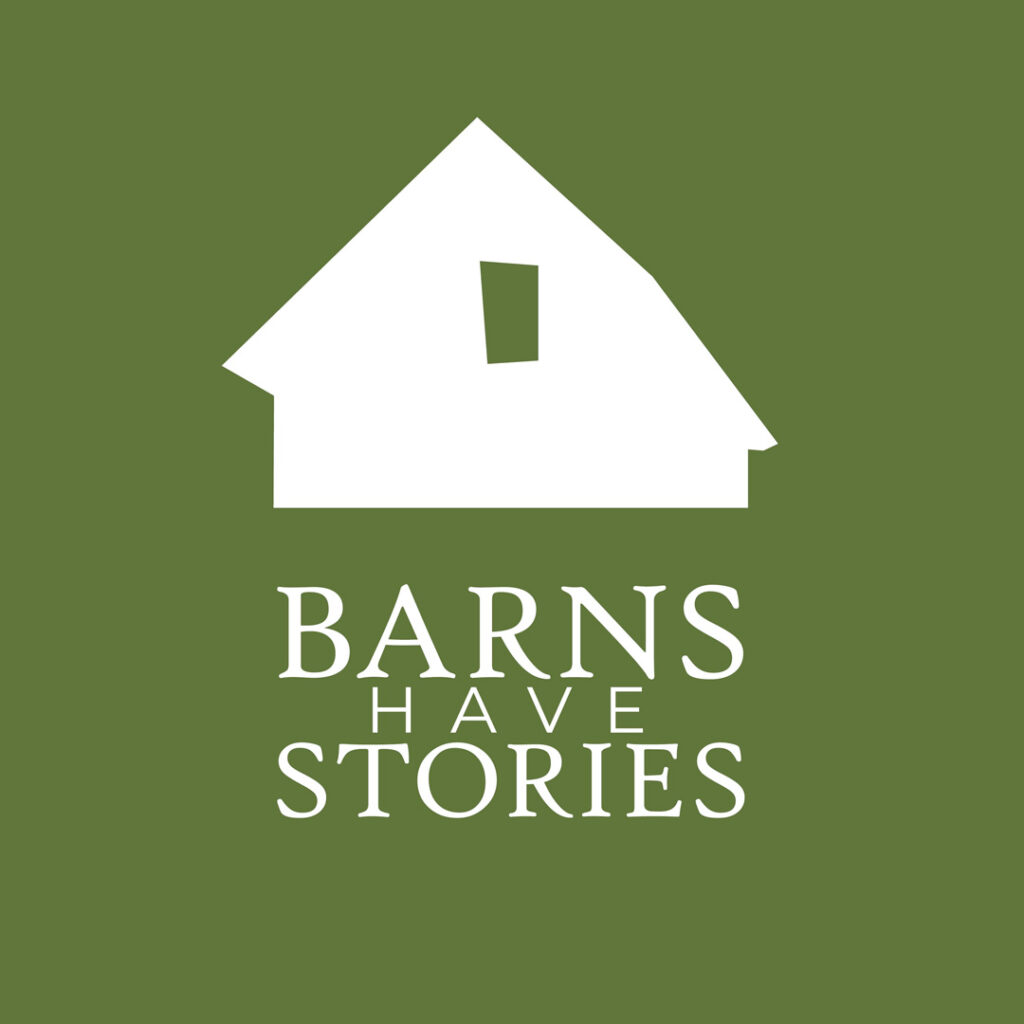
Barns Have Stories is a collaborative exhibition pairing works by multidisciplinary fiber artist Susan Feller and painter Kristen Colebank.
The exhibition was originally on display in the Grasshopper Gallery of Lost River Trading Post, Wardensville, W.Va., during March and April of 2025.
A digital catalog of the exhibition is shared below.
Tamarack Foundation for the Arts: Storytelling Newsletter
May 2025
Written by Mary Roy, TFA/WV Creative Network Communications Manager
What does it look like when two artists, steeped in the rhythms of rural West Virginia, turn their attention to the structures that shaped their communities?
For Susan Feller and Kristen Colebank, it looked like patchwork and precision. Quilting and watercolor. Rug hooking and raw emotion. Their recent joint exhibition, Barns Have Stories, brought together two distinct practices, woven through shared values of place, memory, and reinvention.
This collaboration was shaped by mutual respect, shared aesthetic values, and the quiet gravitational pull of rural architecture. The result was a deeply personal and visually compelling show at the Grasshopper Gallery in Lost River Trading Post located in Wardensville, WV, where more than half the pieces sold — but more importantly, where stories were honored, and new creative threads were woven between community, history, and art.
Barns don’t last forever. They lean, they fade, they fall. But the stories they hold — the weathered wood, the patched roofs, the spaces filled with hay and memory — can live on in the hands of artists who choose to notice.
When Susan Feller was invited to have a solo exhibition at the Grasshopper Gallery in Wardensville, WV, she saw an opportunity for something more. Rather than present a solo collection, she invited fellow artist and longtime acquaintance Kristen Colebank to share the space.
“I had the space and the deadline,” Susan said. “I knew Kristen’s work, her eye for structure and her painterly approach. I thought—why not make this a conversation instead of a monologue?”
The exhibition, titled Barns Have Stories, offered a cohesive exploration of Appalachian architecture and decay—told through the distinct but complementary lenses of two artists.
For her part, Susan used Barns Have Stories as an opportunity to expand her textile vocabulary. Known for her hand-hooked rugs and traditional techniques, she began experimenting with digital design, printed fabrics, and quilting with those unique fabrics.
One of the powerful pieces in her collection was Nine Patch, a quilt that pays tribute to Stephen Kline, an Appalachian from the Potomac Highlands who carefully deconstructs aging buildings and salvages their materials. But Kline doesn’t just reclaim wood and hardware—he uncovers the quiet human stories behind each structure.
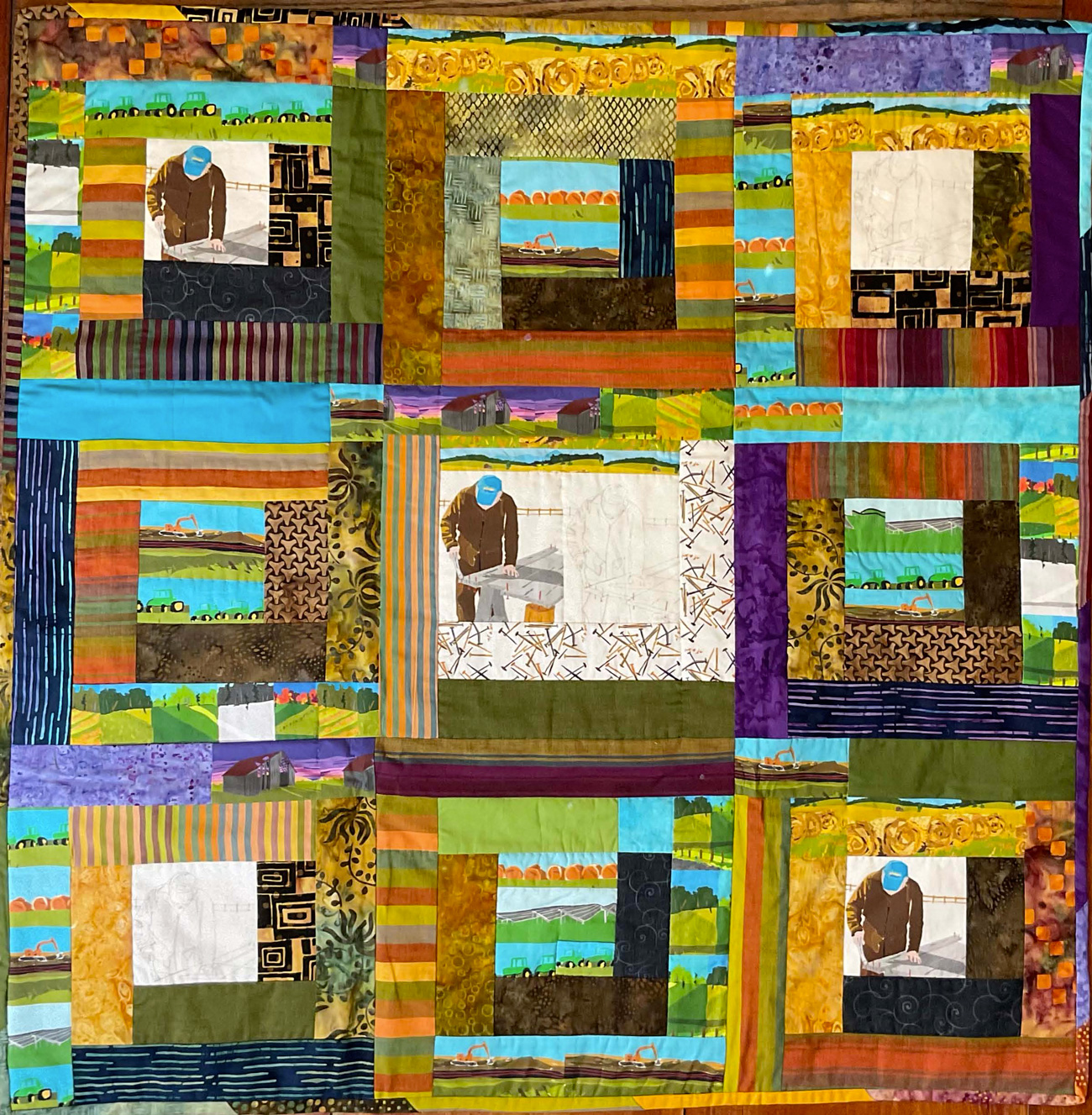
“Steven sees what others don’t,” Susan said. “He recognizes that these buildings were full of life. I wanted to document not just the buildings, but the people who remember them.”

The Loy Barn became a shared source of inspiration, with Kristen also creating pieces influenced by the Loy Barn’s structure and current state, offering a layered dialogue between their perspectives through both textile and watercolor. This three-dimensional piece combined printed fabric, rug hooking, paint, and appliqué to bring the barn’s story to life. Across her half of the exhibition, Susan’s love of surface, color, and quiet storytelling was unmistakable.
Kristen approached the show with fresh eyes—and an entirely new body of work. Rooted in watercolor but branching into abstraction, her pieces explored barns through both realism and colorplay.
She began working with three-value schemes — playing with midtones, shadows, and bright highlights to build layered compositions she called “patchworks.” The geometric approach offered a way to distill architectural elements into a striking visual language.
“The notable piece for me was Patchwork: Inside Out,” Kristen said. “It connected directly with Susan’s explorations of the Loy Barn [in structure and decay], and it helped me bridge the gap between realistic painting and abstracted form.”
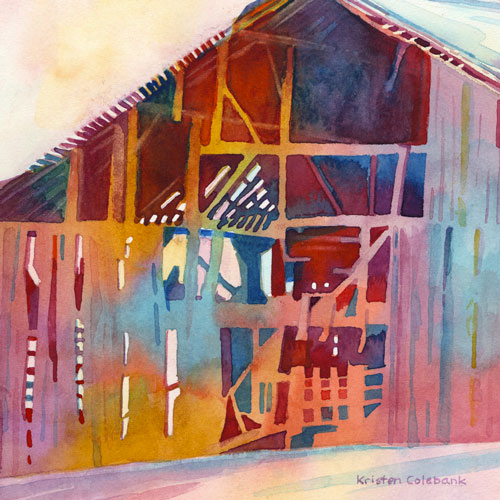
One barn in particular — with a rounded metal roof — became a touchstone. Kristen painted it twice: once as a traditional watercolor, Shimmer, and once as an abstract composition, Patchwork: Half Circles. The two pieces are displayed beside one another in the digital catalog, demonstrating the flexibility of subject and clarity of vision behind each stroke.
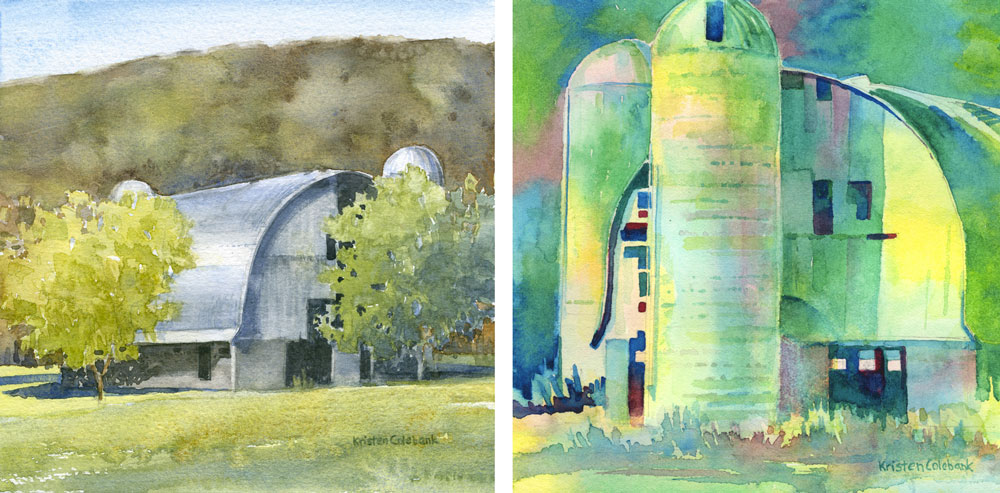
Barns don’t last forever. They lean, they fade, they fall. But the stories they hold — the weathered wood, the patched roofs, the spaces filled with hay and memory — can live on in the hands of artists who choose to notice. Those who choose to look a little longer. And who, through color and craft, build something new from what remains.
Want to take a closer look at Barns Have Stories?
📲 View the digital catalog here
🧵 Susan Feller Website Instagram Facebook
🎨 Kristen Colebank Website Instagram Facebook
Kristen thanks Susan Feller for the opportunity to collaborate on this exhibition and Lost River Trading Post for hosting it, as well as the Tamarack Foundation for the Arts and TFA/WV Creative Network Communication Manager Mary Roy for sharing the story of Barns Have Stories with TFA newsletter subscribers in the May 2025 Storytelling Newsletter.
